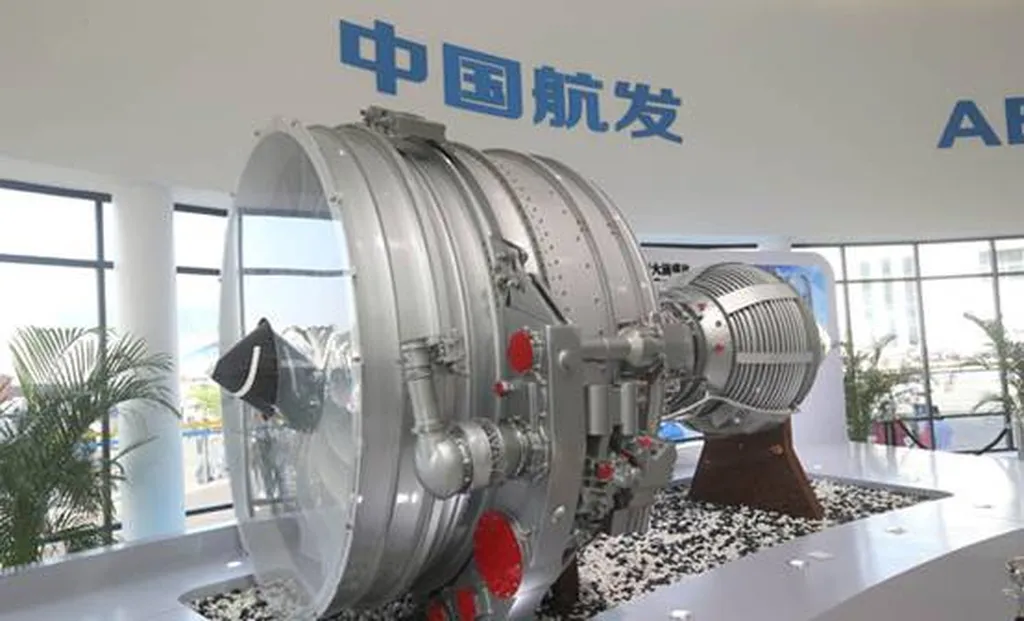In the relentless pursuit of enhancing the efficiency and longevity of aero-engines, researchers have turned their attention to the often-overlooked hero of the turbine blade: the thermal barrier coating (TBC). A recent study published in *Cailiao gongcheng* (which translates to *Materials Engineering*) has uncovered promising advancements in the realm of TBC materials, potentially reshaping the future of the energy sector.
At the heart of this research is Liu Liang, a materials scientist from the School of Materials Science and Engineering at Nanchang Hangkong University in China. Liu and his team have been exploring the use of scandium oxide (Sc2O3) as a stabilizer in zirconia-based ceramics, aiming to overcome the limitations of the currently prevalent yttria-stabilized zirconia (8YSZ) coatings.
The issue with 8YSZ is its tendency to undergo phase transitions at temperatures above 1200°C, leading to volume changes that can cause cracking and eventual failure of the TBC. “This phase instability is a significant hurdle in extending the lifespan of turbine blades, particularly in high-temperature environments,” Liu explains.
The team’s solution? A novel ceramic material dubbed 8Sc2O3-92ZrO2 (8SSZ), fabricated using a solid-state synthesis method. The results are promising. After heat treatment at 1400°C, the thermal expansion coefficient of 8SSZ was found to be comparable to that of 8YSZ, ensuring compatibility with existing materials. Moreover, 8SSZ exhibited a 20% lower thermal conductivity than 8YSZ, a feature that could enhance the insulation properties of TBCs.
But the real game-changer lies in the phase stability of 8SSZ. “After 500 hours at 1400°C, our 8SSZ samples maintained their phase stability, showing no signs of the phase transitions that plague 8YSZ,” Liu reveals. This enhanced stability could significantly extend the lifespan of turbine blades, reducing maintenance costs and improving the overall efficiency of aero-engines.
However, the journey towards commercialization is not without its challenges. Despite its superior phase stability, 8SSZ still grapples with the issue of excessive grain growth at high temperatures. “This is a hurdle we’re actively working to overcome,” Liu admits. “But the potential benefits of 8SSZ make it a worthy candidate for further exploration.”
The implications of this research extend beyond the aerospace industry. The energy sector, particularly power generation plants that rely on gas turbines, could also benefit from these advancements. Improved TBC materials could lead to more efficient and durable turbines, ultimately reducing fuel consumption and lowering carbon emissions.
As the world grapples with the pressing need for sustainable energy solutions, innovations like 8SSZ offer a glimmer of hope. While challenges remain, the potential benefits are too significant to ignore. As Liu aptly puts it, “Every breakthrough brings us one step closer to a more energy-efficient future.”

